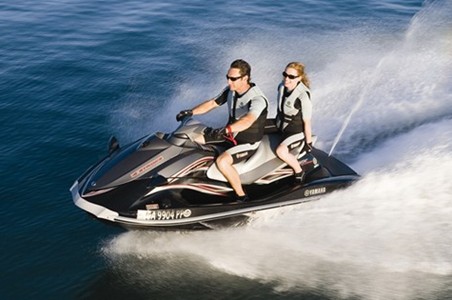Improving Outboard Fuel Economy
It’s important to conserve fuel to save on cost and to help the environment, and no matter what the outboard model, there are a number of simple practices that can have a dramatic effect improving fuel economy. For example, using the propeller that best suits the boat and the owner’s style of boating will increase the overall performance of the outboard motor. Propeller size and pitch varies quite a lot; too little pitch can result in over revving and engine damage, while too much pitch can overload the motor. This is the reason there are different sizes of propellers available. It’s also a good idea to use the highest quality gasoline and outboard motor oil available. Low octane gasoline can hurt fuel economy; it just doesn’t burn as efficiently as high grade gasoline. The same is true with outboard motor oil; low quality oil can foul spark plugs and create deposits in the engine. Purchasing high quality bulk outboard motor oil can help to save a lot on cost and improve fuel economy.
These simple practices will do much to increase the performance of your boat and allow you to reap the benefits of owning a high performance watercraft.











